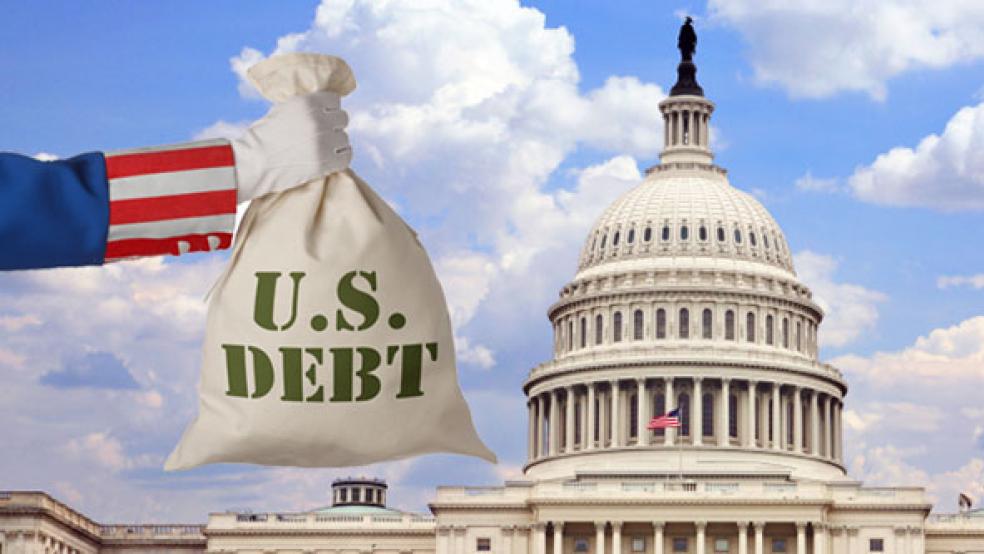You don’t need to be very old to remember a time when politicians in Washington would practically elbow each other out of the way to get in front of cameras and rail against the federal debt and its effect on both the near-term federal budget and the long-term fiscal health of the nation.
In his first term, President Obama asked former Republican Senator Alan Simpson and former Clinton White House Chief of Staff Erskine Bowles to lead a commission that would craft a plan to fundamentally change the nation’s fiscal path, in large part by attacking the national debt and deficit.
Related: Key Economic Indicator Back to Pre-Recession Levels
The Simpson-Bowles plan, which promised fiscal reform in exchange for pain for, well, pretty much everybody, never got the traction it needed to be enacted. And while it remained a touchstone for some fiscal conservatives, the problems it tried to solve lost their urgency.
In part, that was an unintended side effect of the Federal Reserve’s strategy to preserve the economy through the worst of the Great Recession. As it became clear that the Federal Open Market Committee, the central bank’s interest rate-setting authority, intended to keep the effective interest rate on government debt at zero, arguments about the cost of federal borrowing faded. After all, in the short term — the time frame in which most of our political decisions are made — the borrowed money was essentially free.
That is about to change, and it’s probably a good idea for taxpayers to have a reasonable understanding of what a rising interest rate environment will mean for the federal budget.
The FOMC is, pretty plainly, going to start increasing its target Federal Funds rate in the not-too-distant future. The likely result is that investors, who have become accustomed to an environment in which they can’t buy risk-free assets unless they agree to earn virtually nothing on them, will start looking for a higher yield. That means that as the U.S. Treasury issues more debt and rolls over existing obligations, the price it has to pay will start to rise.
Related: Home Buyers Borrowing More than Ever Before
To be clear, absent a highly unlikely economic catastrophe, interest rates are expected to remain at historically low levels for a considerable time to come. That said, as they rise, the consequences for the federal budget are fairly dramatic.
The Congressional Budget Office, for instance, predicts that over the coming decade, U.S. interest payments as a share of the country’s gross domestic product will more than double, from 1.3 percent in 2015 to 3.0 percent in 2025.
Federal borrowing costs are complex — bonds are issued at varying maturities, and even if rates rise slightly in the near future, the effect on federal spending may not be obvious in the short term. Over time, though, a difference of less than a percentage point can add significantly to the debt.
The Committee for a Responsible Federal Budget, a federal spending watchdog group, has noted that projecting the effects of interest rates on federal debt over 75 years can be very difficult — but tweaking long-term assumptions about rates make a sizable difference.
For example, lowering the projected average long-run interest rate used in budget calculations from 4.7 percent to 3.95 percent results in federal debt of 92 percent of GDP in the year 2039, instead of 111 percent of GDP. Interest spending that year would be 3.6 percent of GDP instead of 4.7 percent.
On the other hand, an equal sized increase in the average long-run interest rate would result in federal debt at 130 percent of GDP, and an annual interest burden equal to 7.5 percent of GDP.
Any analysis of federal fiscal policy involves many such moving parts and assumptions, including the benefits of economic growth and the professed willingness of members of Congress to overhaul a sclerotic tax code. But if nothing else, it’s a virtual certainty that rising interest rates will, sooner or later, bring the federal deficit back into the spotlight.
Top Reads from The Fiscal Times:





